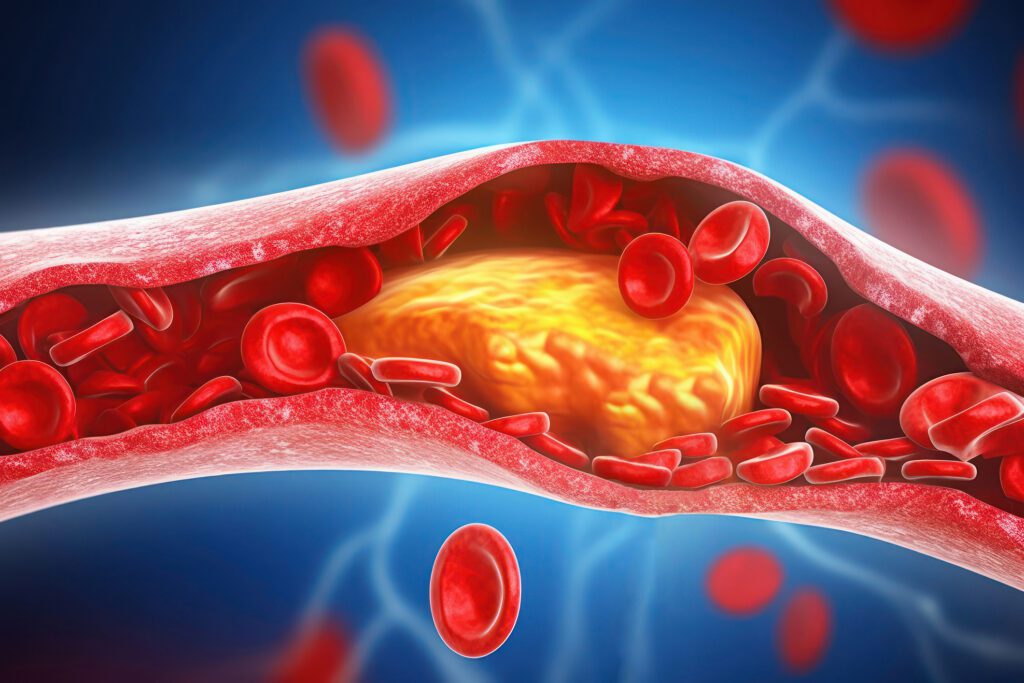What is Hyperhidrosis?
Before we dive into the ways that solutions like therapeutic Botox can address hyperhidrosis, let’s take a moment to understand what it is. Hyperhidrosis is a common medical condition characterized by excessive, uncontrollable sweating without any discernible cause.
Primary hyperhidrosis affects 2% of the population where the most common areas of the body affected include the hands, feet, and underarms – also known as palmar, plantar, and axillary hyperhidrosis.
This can be both an embarrassing and socially stigmatizing condition to have. Those who suffer from hyperhidrosis sweat approximately 5 times more than the average person. Hyperhidrosis can cause clothing to be drenched to the point of macerating skin, causing secondary infections and may even cause clinical anxiety from the stress of it all.
Do I have Hyperhidrosis?
While hyperhidrosis can be measured gravimetrically as a rate of sweat production in mg per minute, most clinicians will confirm a diagnosis based on history and visible signs of excessive sweating.
Symptoms of Hyperhidrosis:
- Excessively sweaty palms
- Sweaty feet
- Facial sweating
- Sweating with anxiety
- Sweat that soaks through clothes
- Sweating seemingly without any underlying cause (ie as a result of temperature or exercise)
- Constantly clammy skin
- Cold sweats
- Night sweating
What Causes Hyperhidrosis?
Although the symptoms remain the same for each, there are two different types of hyperhidrosis. The first is called primary hyperhidrosis, which is closely linked to a patient’s mental health. Symptoms are not the result of an underlying condition and rather, they are caused by increased levels of anxiety.
Primary hyperhidrosis can be difficult to diagnose, as excessive sweating will be the key symptom, without other underlying health problems.
However, secondary hyperhidrosis happens as a clear result of an underlying condition. It can even appear as a side effect of certain medications. With secondary hyperhidrosis, there is a clear cause for the condition, whereas primary hyperhidrosis happens most often as a result of a patient’s mental state or a genetic predisposition.
Causes of Primary Hyperhidrosis
- Anxiety
- Stress
- Trauma
- Emotional duress
- Nervousness
- Genetics
Causes of Secondary Hyperhidrosis
- Diabetes
- Hyperthyroidism
- Pregnancy
- Obesity
- Certain medications such as antidepressants
- Heart disease
- Excessive alcohol consumption
- Certain cancers
- Gout
- Low blood sugar
Natural treatments for Hyperhidrosis?
Not to be the bearer of bad news, but many natural treatments for hyperhidrosis fall short of effectively reducing the overall amount and severity of sweating that can occur. Natural remedies can range from drinking apple cider vinegar (or applying it topically) to using natural astringent agents like tea tree oil, witch hazel or sandalwood powder.
Swapping out your coffee for the more astringent black and green teas or even using topical potato slices can help draw out excessive moisture. If you have this condition, chances are you’ve tried some of these natural approaches and found that they haven’t really made a noticeable difference.
What about medical treatments for Hyperhidrosis?
There are a number of medical therapies that can help. Many can help with secondary hyperhidrosis when your underlying condition is treated. But in persistent cases of hyperhidrosis, traditional medical treatments can be cumbersome to do, such as Iontophoresis three times weekly.
This is a treatment that essentially sends low electrical currents into your body to shut down your sweat glands. Other therapies can be quite invasive, like having your sweat glands surgically removed entirely.

What is the most effective treatment for Hyperhidrosis?
Luckily, there is a treatment available that can provide significant relief for Hyperhidrosis and in some cases, complete resolution of excessive sweating, for up to 6 months or longer. First let me share a story with you on how effective this therapy can be.
Patient Case Study
A 48-year old gentleman came in to see us for his excessive underarm sweating problem. He was a middle school teacher who had been teaching for 25 years. For all the years in his teaching career, he would on average need to change his shirt five times a day, due the severity of his hyperhidrosis.
He described living with this condition as follows: “Imagine the feeling of a damp face cloth adhering to the sides of your body from your wet, drenched shirt every day, all day long. Imagine how uncomfortable that would be to live it, all the time. That is what I live it.” He really had nothing to lose by trying this therapy – except the sweat. After walking out of our office, he announced that he was sweat-free for the next 7 months. This was a life-altering experience. A real game-changer. Now just imagine if that could be you?
The Science
The therapeutic application of botulinum Toxin Type A is well-established and FDA-approved for the specific condition of Hyperhidrosis. Botulinum toxin is a purified natural protein injected into the affected areas with a very tiny needle. It blocks the message from the nerve to the sweat gland which results in little to no sweating.
According to the International Hyperhidrosis Society, underarm Botox injections can reduce underarm sweating by 82–87%. The effects can typically last 4–12 months, or up to 14 months in some cases. People who receive underarm Botox injections tend to see results 2–4 days after treatment. The full effects are usually noticeable within 2 weeks.
Don’t Sweat It! We’ll Help You Conquer Hyperhidrosis
If you’d like to learn more and see if this therapy is right for you, just remember that you have nothing to lose – except the sweat. Contact us today or book a consultation online.
References and Additional Reading
- WebMD – https://www.webmd.com/skin-problems-and-treatments/hyperhidrosis2
- American Academy of Dermatology – https://www.aad.org/public/diseases/a-z/hyperhidrosis-treatment
- International Hyperhidrosis Society – https://www.sweathelp.org/sweat-help-home/about-the-international-hyperhidrosis-society.html
- European Journal of Dermatology – https://www.jle.com/fr/revues/ejd/e-docs/current_therapeutic_strategies_for_hyperhidrosis_a_review_100256/article.phtml






